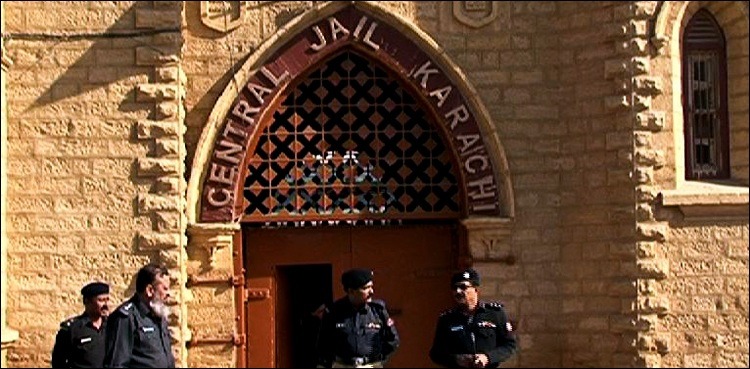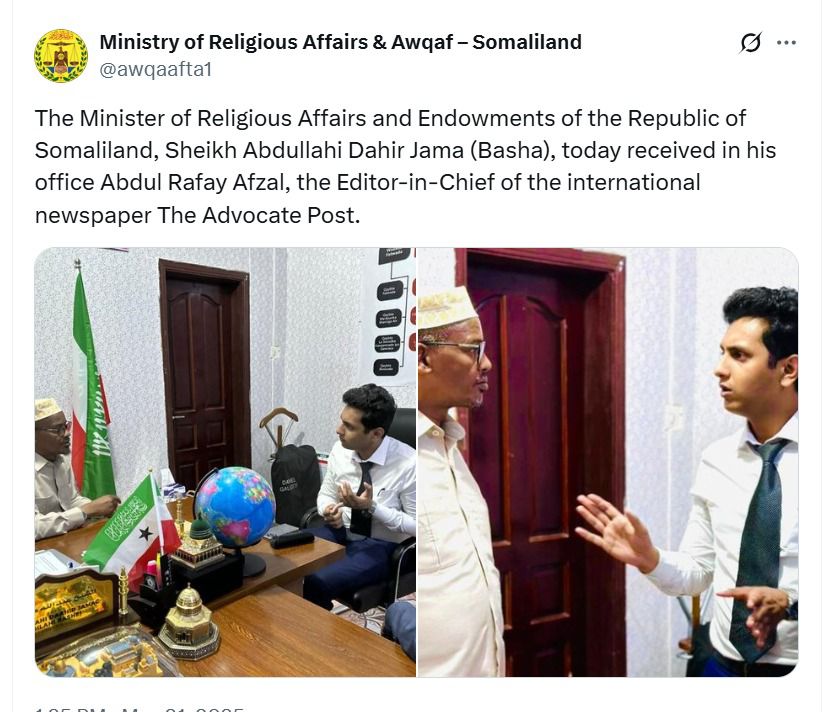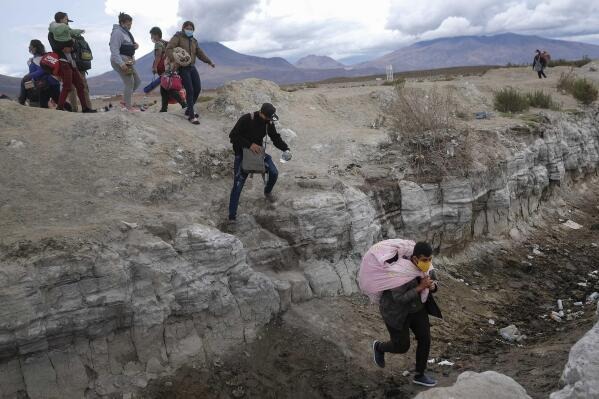By Rumaisa Malik (Pakistan)
This is Central Jail Karachi, a labyrinth of iron bars, stone walls, and silent screams. Its rigid concrete exterior holds decades of history, while the lives imprisoned within echo with dreams of freedom. Time may have stood still here, but dreams, desires, and emotions persist, now expressed in a new language, a new style of rap, in the words of poetry, and the sound of pain.
As you enter the jail, there is a strange silence, covered by the rumble of heavy gates. Steel on steel ring fades in the air, but echoes of the steps of prison guards reverberate against antiseptic walls. Behind these four walls are not only punishment, but tales, the tales of lives that could have been different, but circumstances and fate steered them here.
Here, a few hands draw images on iron walls with charcoal pieces, a few fingers weave complex patterns in notebooks, and a few tips vent their inner agony into lyrics and poetry. But the most potent voices are those of the rap singers, the inmates who take the courage to speak out about their wounds using words, turn their pain into rhythms, and pour their emotions into beats.
A new language has emerged among prisoners-rap. Once a symbol of the streets, underground cultures, and rebellion worldwide, it has now found a new voice behind bars. Here, it is more than just music; it is a protest, a truth, a confession. With nothing left to lose, these prisoners speak fearlessly, making their words the most honest. What they say comes straight from the heart, and as you listen to their songs, it becomes clear that their pain is not just their own but a reflection of society’s failures.
” Mola Yeh Bata, Meri Zindagi Hai Kya?” (O Lord, Tell Me, What Is My Life?)These were the words a young prisoner on death row hummed at my request. The other prisoners sitting beside him bowed their heads, nodding in rhythm, as if they, too, were searching for the answer to that one question. This was not only a rap tune; it was a quiet revolution in the prison, a call for justice, and a reflection of the brutal truths of society.
He explained how poverty, deprivation, and bad guidance had taken him on the wrong path, how one wrong move had relegated him to the shadows of the prison. But his voice carried more than just regret; it held a message. He was warning all those young souls standing on the streets, lingering in the shadows, on the verge of making the same choice.
“Yeh Kis Dagar Par Chal Padi Hai Zindagi, Har Taraf Hai Bebasi Hi Bebasi”(On What Path Has Life Set Foot, Everywhere There Is Helplessness Alone) the rap began with these words, and then a young man poured his heart out, sharing his story of regret. Through his lyrics, he confessed his crime and urged others to stay away from bad company, warning them not to make the same mistakes that led him here.
“Na Manzil Ki Hai Khabar, Na Hai Raho Ka Pata.” (No Destination Is Known, Nor Any Path Is Clear.) All these prisoners wait, including some for death, others perhaps holding onto a quiet hope for forgiveness. Maybe, deep in their hearts, these travelers of unknown paths and uncertain destinations still cling to a glimmer of hope.
Every line, every beat, every word echoed against the heavy prison walls, not just as a warning to the prisoners, but to the world beyond. This song carried more than just raw emotion, it held a truth that many choose to ignore. Rap is not just music; it is a mirror reflecting society. These prisoners don’t just tell their own stories—they expose the harsh realities of the world around them.
This is a new awakening within the prison, where music and poetry give voice to truths that perhaps can never be spoken in courtrooms. This is not just the story of a prison, it is our story. This is not merely the voice of a prison singer; it is the voice of every young soul on the brink of being lost to the darkness.
The question is, are we willing to listen? Will we dismiss these voices as mere “cries of criminals,” or will we try to understand the pain hidden within them? These rap songs are not just entertainment, but they are messages, carrying truths that may never reach us in any other way. These voices should not be confined within prison walls. We should listen, understand, and perhaps even learn from them. Because, in the end, their story is our story. These are not just prison bars; they are the walls of fate, capable of shattering bridges and summoning the fiercest storm. Here, there are no colors of dreams, no light of hope—only the heavy chains of sin.
Author is a journalist from Karachi, primarily focuses on social issues, women’s rights, and human rights, aiming to highlight injustices can be reached at rumisamalik70@gmail.com






This Post Has 2 Comments
I’ve been following your blog for quite some time now, and I’m continually impressed by the quality of your content. Your ability to blend information with entertainment is truly commendable.
Pingback: Before She Could Dream, She Became a Bride: How Child Marriage Shatters Girls’ Futures - The Advocate Post